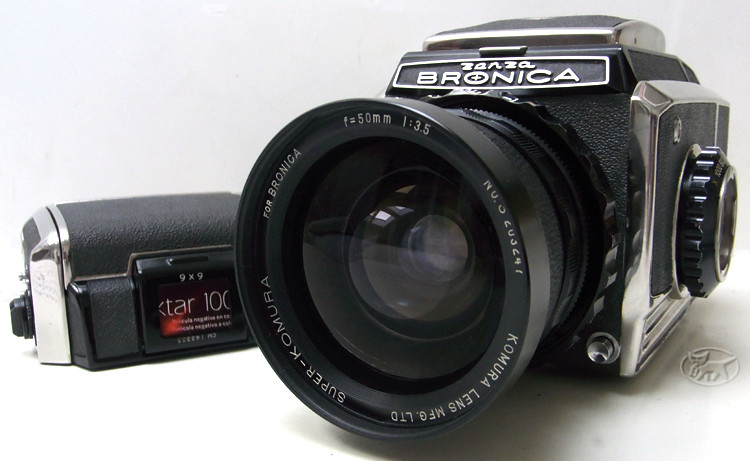
Well... sort of my first anyway. I used to use my father's Pentax SMC system a few years ago, and I dabbled with a Kalimar recently, but in searching for a wide-angle 6x6, I think I've settled on the
Buroni (ブロニカ - Bronica).
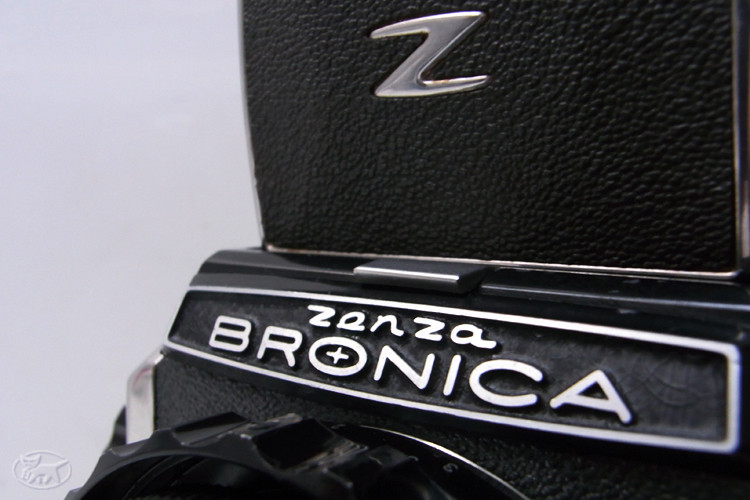
One of the most stylish 6x6 camera readily available I think. The 1960s' Loewy-esque style I really like, and the 18/8 stainless-steel construction is fabulous. That front name plate makes it well-worthy just to look at. The internet lists various stories, including the later 2A version being preferred over the previous plain-jane 2 - something about an internal re-design. Someone here nicely quoted a serial number of 150037 or greater as a guide in buying the later model. This was my only selection criteria accordingly, that and a wide lens of some sort.
While there are many lenses available, the wide set appears to include:
o Native Nikkor 50mm as a
f3.5 and a
f2.8
o Komura 50mm at
f3.5
o A few 40mm at
f4.0 or similar
While the usual combination is a particularly short, and nicely fast, 75mm
f2.8, I was lucky enough to come across a great condition S2A with a Komura 50mm as its mate. Other lenses up to 250mm and 400mm are also available. While on lenses the helicoid / lens combination deserves some comment.
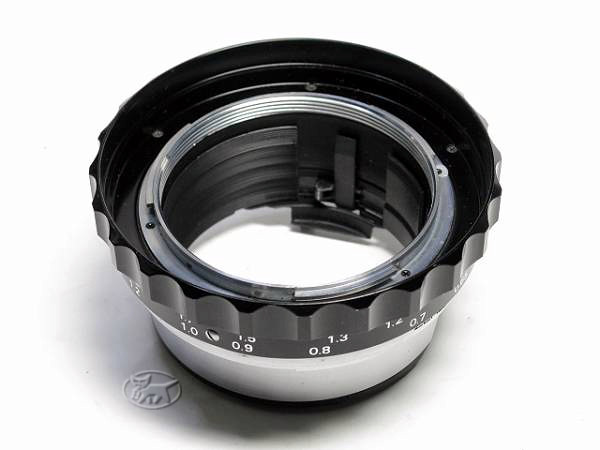
Many interchangeable lens systems include the focus mechanism as part of the lens assembly (bellows equipped machines aside), the Bronica includes a separate focusing helicoid mechanism. This allows lens changes, which exclude the usual focusing mechanism. Benefits? Lens manufacture is cheaper (as there is less metal and complexity), and the base helocoid can be configured to allow really close focusing, similar to a massive bellows extension. Additionally, the helicoid can also be removed to allow the installation of macro bellows, and other lens extension devices such as tilt-shift (really sexy these days for those bored with HRD it seems).
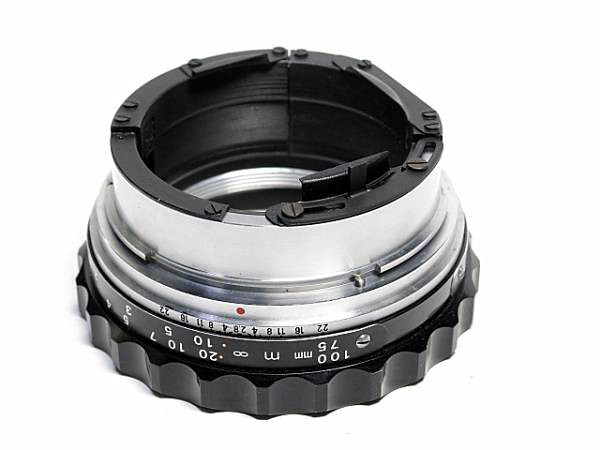

The focal-plane cloth shutter switches up to 1/1000, and while the shutter itself is smooth and quiet, the associated mirror slap is not. Being used to shooting leaf-shutters in my Polaroids, and perhaps a blade thingy in my Bessa, I wasn't prepared for the massive noise from my new
Buroni. A Canonet it ain't...

The interchangeable backs accept either 120 (12-exposure rolls to those new to the format) or 220 (24-exposure) at the flick of a switch, and the film counter window is large and easy to read. The film advance mechanism can be operated with or without the crank, being a smooth advance, cocking the shutter on the last 1/4 turn.

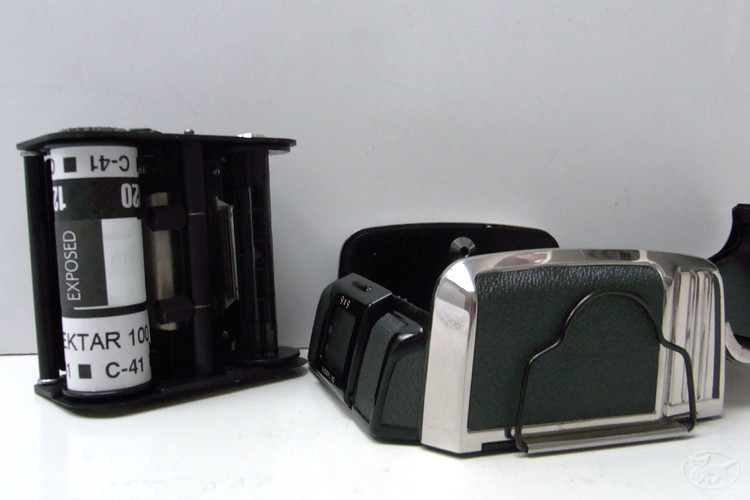
Loading the film is easy and intuitive, though my usual 6x6 has been with a conventional TLR, rolling from top to bottom with the film curl, the
Buroni rolls inside out from bottom to top. A minor difference, but with the tremendous quality of the machined parts, an easy and confidence inspiring process. After loading the carrier, drop it into the back, latch securely, and the body crank takes it to frame one smoothly and fast.
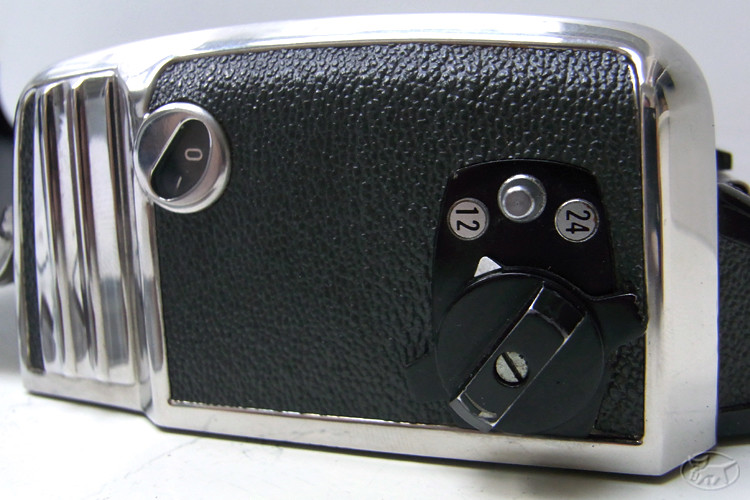
The Buroni also carries a great array of interlocks, and failsafe mechanisms:
o The dark slide is needed before the back can be removed. In fact, the dark slide performs the function of the back removal button - without it the back cannot be removed. So, in buying one, make sure it comes with a dark slide.
o The shutter button has a nice twist-to-safe function.
o The shutter will not fire with dark slide in place.
o The back will not close properly, nor the film type cover close, unless all is properly aligned and mounted when loading film.
o The dark slide cannot be removed unless the film back is properly mounted on the camera. It cannot be removed with the back off the camera.
Though the hood pops up in one smooth action, it does not fold without manually collapsing the side curtains. The focus magnifier though pops into view with a smooth tap of the hood, and collapses just as smoothly - a normally fiddly action with other waist-finders. After one day out shooting, I can see myself liking this well made Japanese machine - is has a high quality, well machined, feel to all its actions, and after nearly 50 years all the covers show no signs of scuffing or lifting - they must have used some mighty effective materials and glue at the time. I might see what sort of 40mm lens is obtainable cheaply to further play with as well.

I notice too, there are two types of carrying-strap lugs; one with wings, which accept a normal, modern-sized camera strap, and I think a newer type stud, without wings (as the latch is part of the strap-end tag), which do not accept a modern-sized camera strap unless you drag it through with needle-nose pliers, cutting up the edge giving it a nice worn-in look...
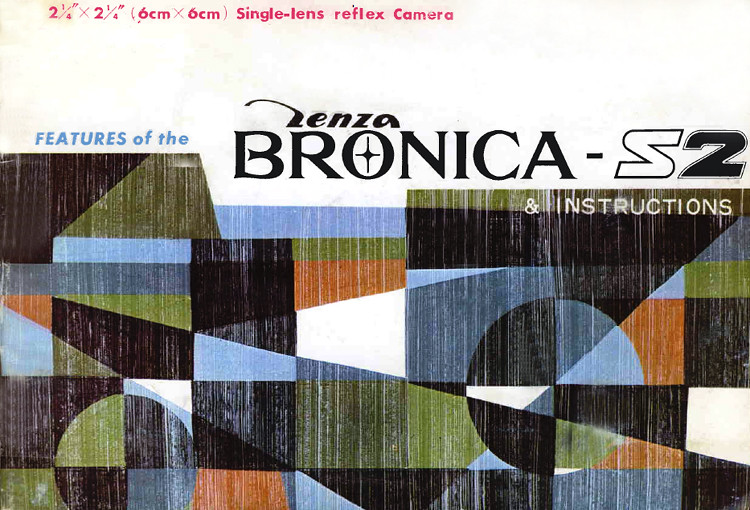
Using some Kodak Ektar, I shot a few test rolls with the 50mm

Nice wide look to the 50mm, and as expected the after-market lens has a slight blur on the fringes, and vignettes a little wide open. Very pleased with the results!

Whereas I was kinda hoping for some minor color blips, color rendition on the Ektar looks much as any modern lens does.
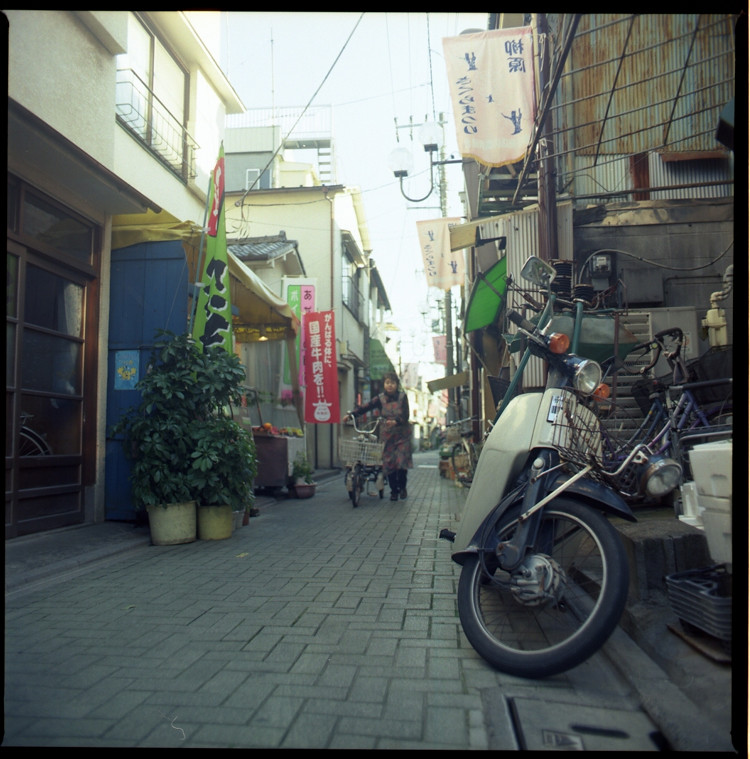
Depth of field at
f3.5 is not as perhaps acute as I was expecting. So, perhaps some test shots with the 75mm
f2.8 lens are now also needed.

Additionally, with a nice fat strap, the ergonomics of the S2 for street shooting are very pleasant. I carried it around all day, and though heavy it was comfortable and easy to use. Sean reports the screen on this one is not quite as bright as he would like, and the mirror slap is very loud in quiet streets, but overall a very pleasing machine to use, especially with a Super-Komura 50mm!
Additionally, these are also available:

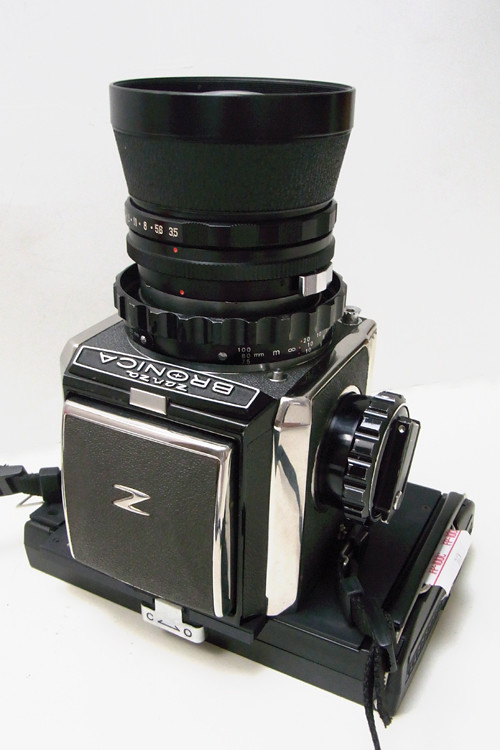
Or if you're lucky, the rather cool, original style:

To do this, with Fuji FP-100C:
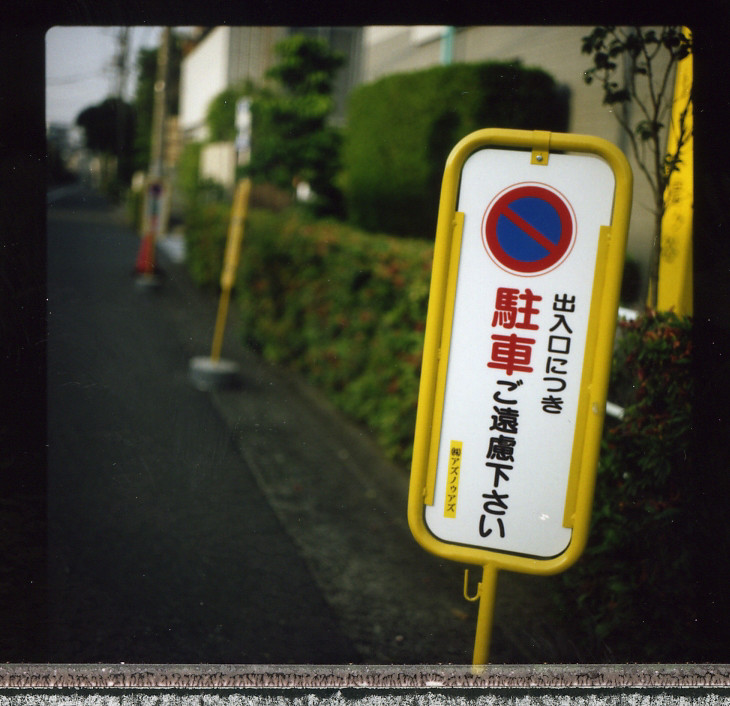
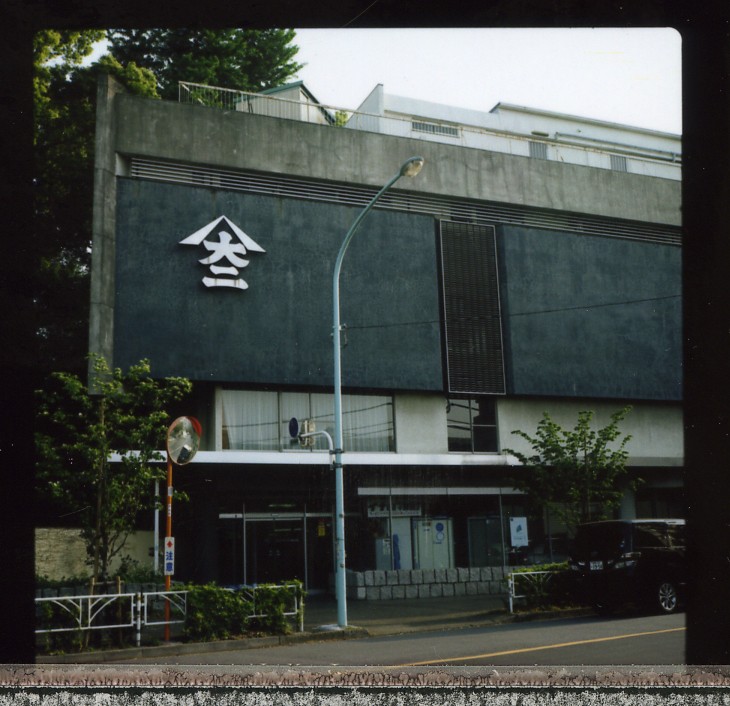
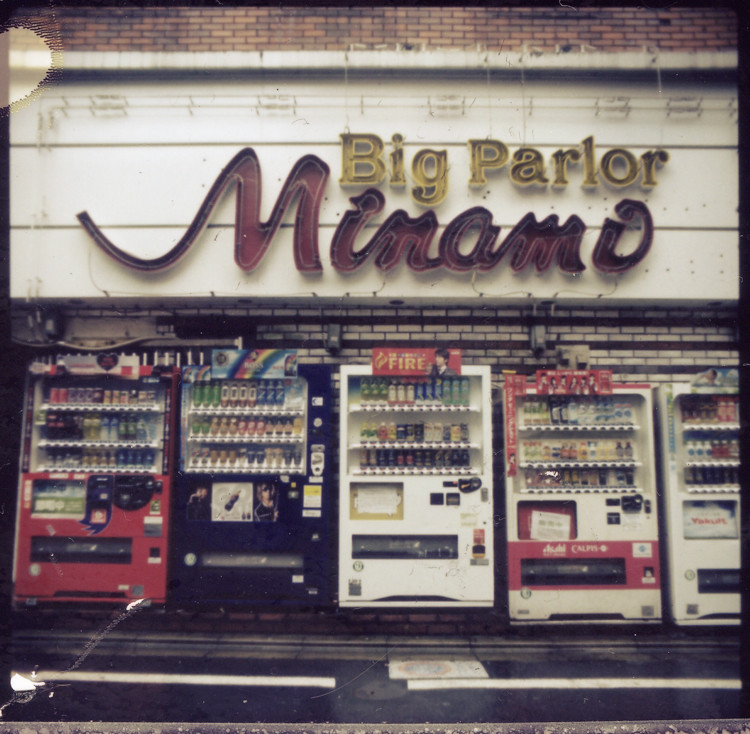
Or, if you're into the replacement for HRD, you can try one of these for the soon-to-be-cliched tilt / shift:
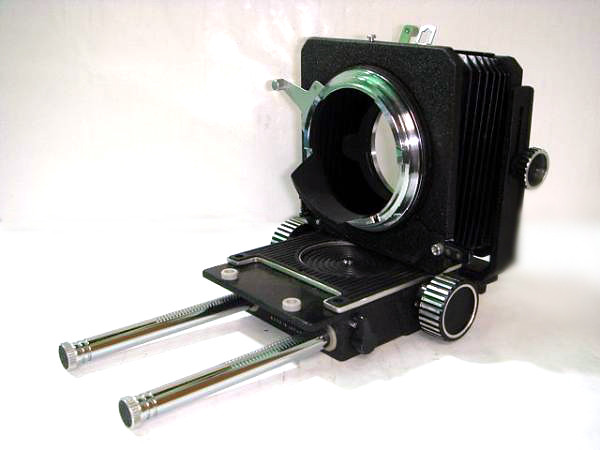
More results to follow... Skj.